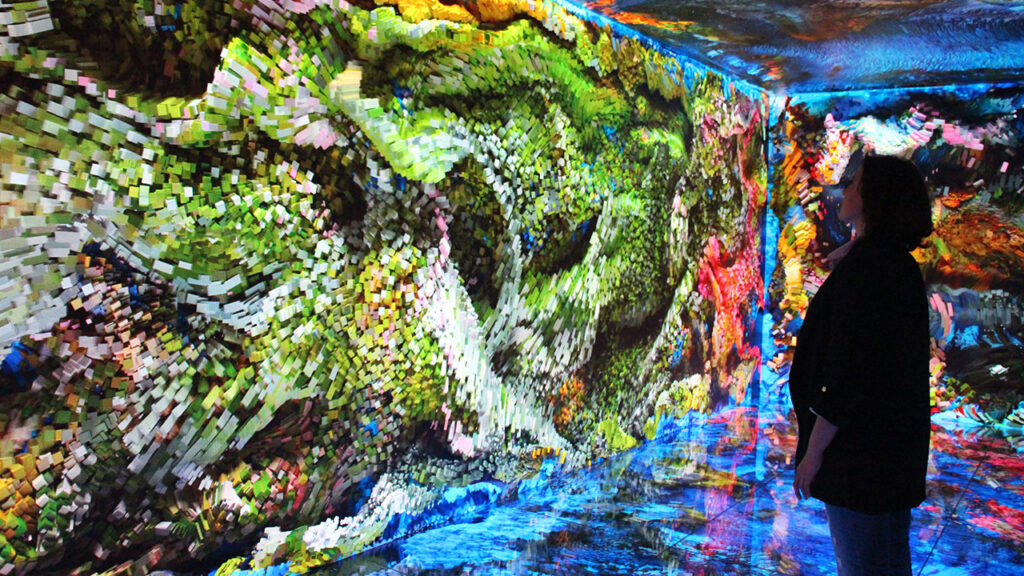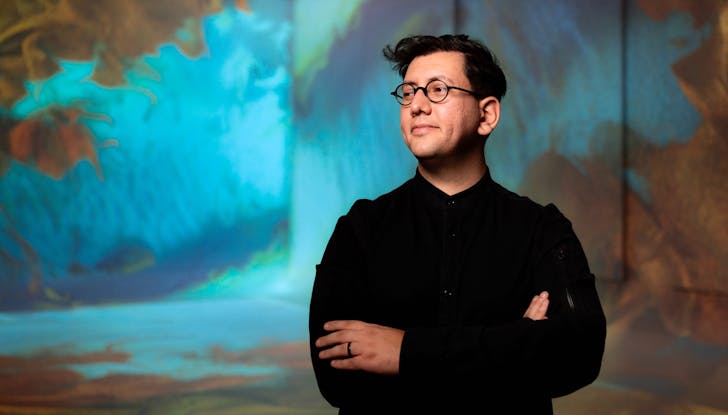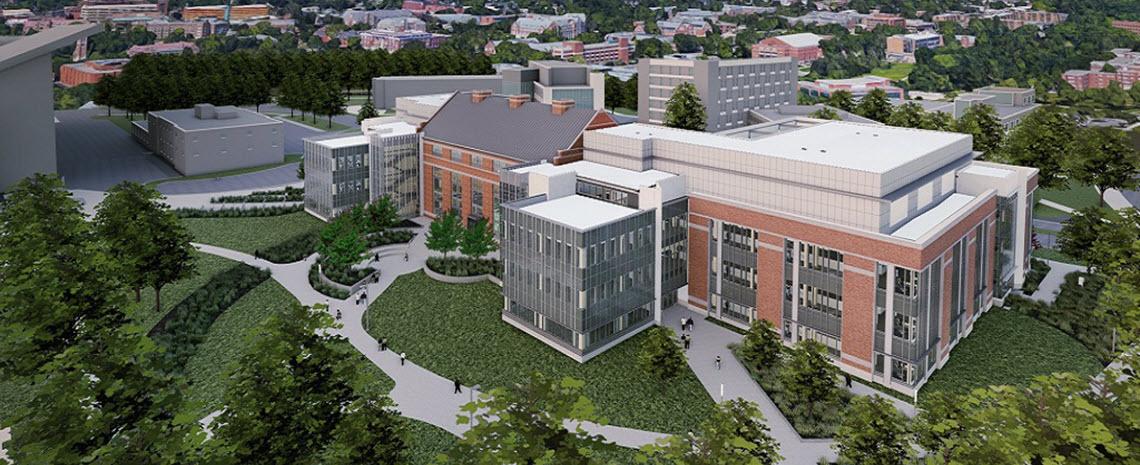JING CULTURE & COMMERCE

When Casa Batlló reopened to the public in May, it did so with aplomb. Upon completion in the early 1900s, the house Gaudí designed for a local textile industrialist was visionary, a singular fairytale interpretation of art nouveau. By the 2010s, it was in need of revitalization.
Beyond faithfully restoring the house to its former glory, Casa Batlló has undergone a digital transformation, one utilizing the full complement of tools popular in the art-tech space. This includes artificial intelligence (AI), machine learning, augmented reality, 3D sound, olfactory interventions, and more. The result is the transformation of one of Barcelona’s most popular attractions into a veritable immersive journey, one the team behind it terms the world’s first 10D experience.






